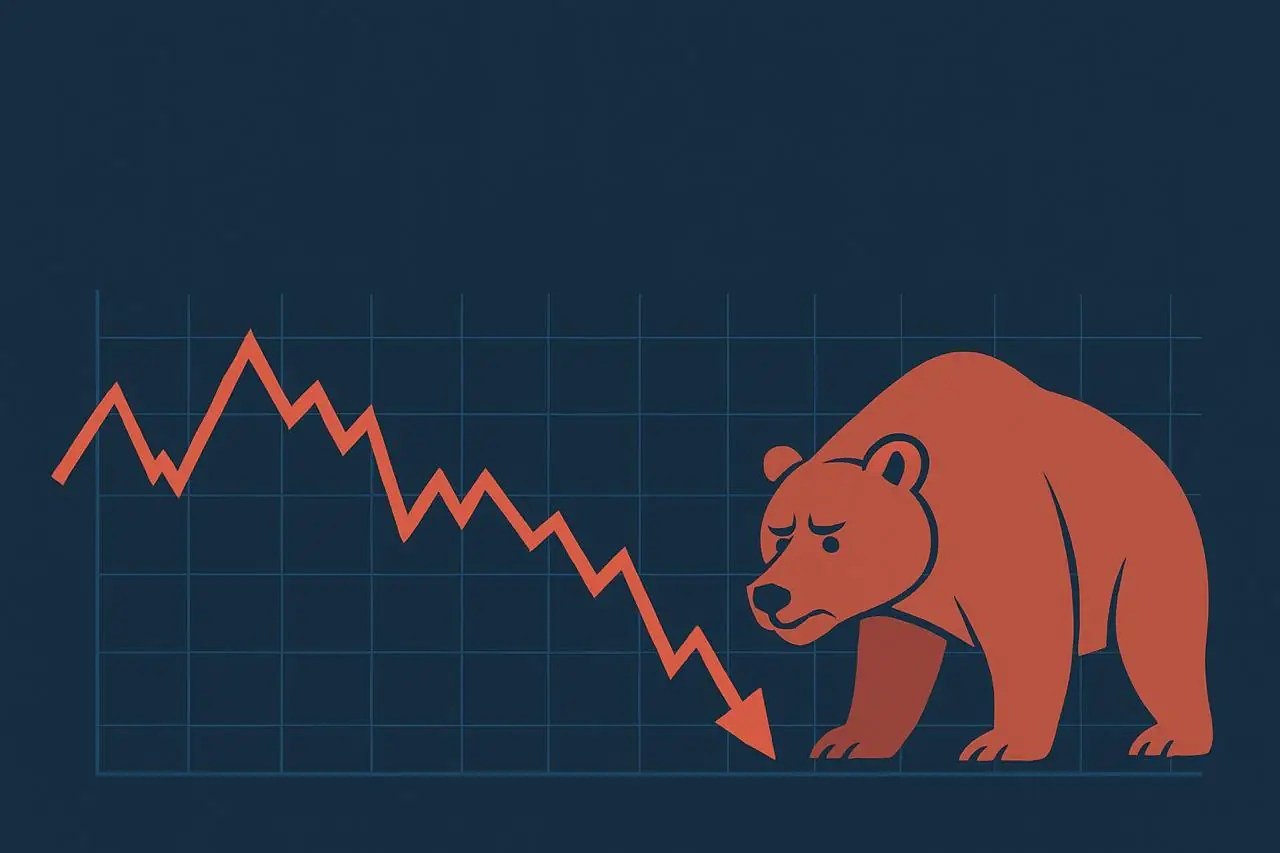Bitcoin Munari Creates Seamless Bridge Between BTC and Solana Networks
The post Bitcocom. Crypto Presales Bitcoin Munari introduces a dual-environment model aligning Bitcoin’s fixed-supply principles with Solana’s high-throughput infrastructure, creating a conceptual bridge between two of the market’s most influential design philosophies. Bitcoin Munari’s launch strategy links two distinct parts of the digital asset landscape: the monetary discipline associated with Bitcoin’s fixed-supply system and the performance-oriented execution layer that defines Solana’s network. While the project does not establish technical interoperability between the chains, its architecture draws on foundational elements from both environments to create a unified operational path for early participants. This approach begins with an SPL deployment at a $0. 10 entry price and progresses toward a dedicated Layer-1 chain built around predictable mechanics. The structure gives participants exposure to a system modeled around Bitcoin’s scarcity and Solana’s accessibility, placing the project at an intersection often discussed but rarely structured within a single rollout sequence. Bitcoin’s Monetary Framework as the Structural Anchor Bitcoin Munari adopts characteristics that reflect Bitcoin’s long-standing supply environment. The project maintains a fixed supply of 21, 000, 000 BTCM, mirroring the scarcity model that shaped Bitcoin’s role as a store-of-value asset. Distribution follows defined categories: 11, 130, 000 BTCM for the public presale 6, 090, 000 BTCM for validator rewards, released over ten years 1, 680, 000 BTCM for liquidity 1, 050, 000 BTCM for the team under vesting 1, 050, 000 BTCM for ecosystem development This structure ensures that supply conditions remain constant throughout development. Participants have full visibility into circulating and reserved amounts, eliminating uncertainties common in inflation-based systems. The model reflects the transparency and mathematical discipline associated with Bitcoin’s economic design. The scarcity principle becomes particularly relevant during the project’s $0. 10 presale phase, which carries the widest numerical gap to the project’s fixed $6. 00 benchmark, creating a 5, 900% modeled upside tied strictly to the price-to-benchmark relationship. Solana’s Execution Layer as the Project’s Launch Environment Where Bitcoin contributes supply logic,.









